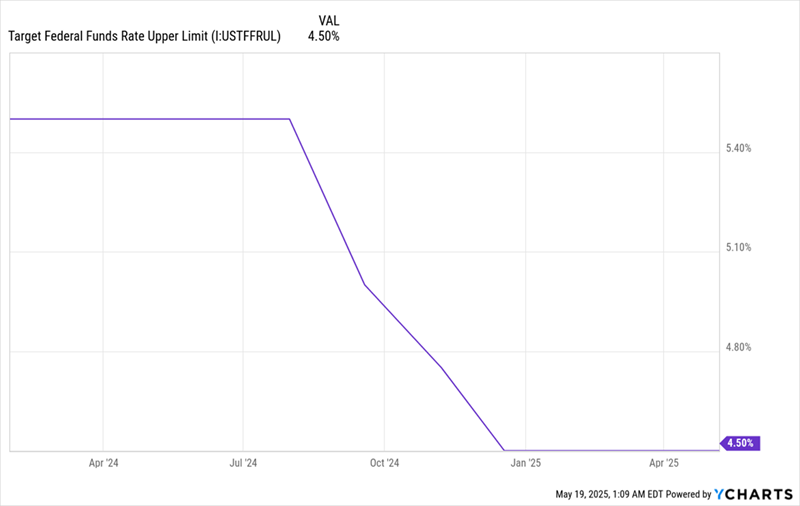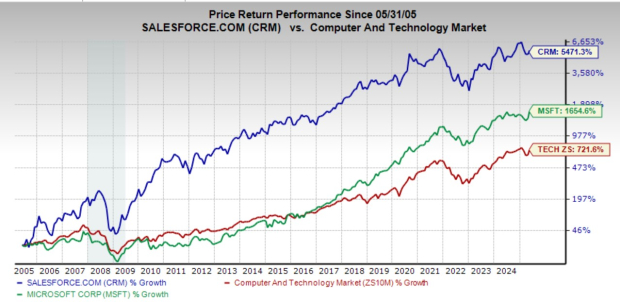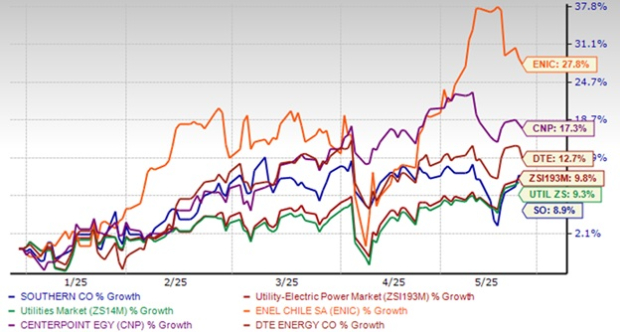Lyft Reports Strong Q1 2025 Results with Profit Gains
Lyft (NASDAQ: LYFT) reported strong Q1 2025 results, indicating continued operational and financial momentum. Gross bookings increased by 13% year-over-year (y-o-y) to $4.2 billion, and revenue rose 14% to $1.5 billion.
The company achieved a net income of $2.57 million, a significant improvement from the $31.54 million net loss in Q1 2024, marking its third consecutive profitable quarter.
Operationally, Lyft completed 218 million rides (up 16% y-o-y) and grew its active rider base by 11% y-o-y to 24.2 million.
Strategically, Lyft is expanding in smaller, car-dependent cities, such as Indianapolis, where rides grew by 37% in Q1. Additionally, the company is investing in autonomous vehicle technology through partnerships with Mobileye, May Mobility, and Nexar, aiming to integrate self-driving vehicles into its platform by 2025. The company’s Stock is up 30% year-to-date, compared to a modest 1.3% gain in the S&P 500 (as of May 16).
LYFT Stock presents a balanced mix of strengths and weaknesses, reflecting its moderate operating performance and financial condition.
However, when combined with its notably low valuation, the overall investment case appears attractive.
Comparing Lyft’s Valuation to the S&P 500
Lyft Stock looks cheap when compared to the broader market based on sales or profit metrics.
- Lyft has a price-to-sales (P/S) ratio of 0.9, compared to 2.8 for the S&P 500.
- The company’s price-to-free cash flow (P/FCF) ratio stands at 6.2, while the S&P 500 averages 17.6.
Revenue Growth Trends for Lyft
Lyft’s revenues have seen considerable growth over recent years, continuing to build on its momentum.
• Lyft has seen its top…
# Lyft’s Financial Performance: A Mixed Picture of Growth and Stability
## Notable Revenue Growth
Lyft has experienced impressive growth metrics recently. Over the last three years, the company’s revenue has grown at an average rate of **22.2%**, significantly outpacing the **6.2%** increase of the S&P 500. In the past 12 months, Lyft’s revenues surged **31.4%**, rising from **$4.4 billion** to **$5.8 billion**, compared to a mere **5.3%** growth for the S&P 500. In the most recent quarter, Lyft’s revenues increased **13%**, reaching **$1.45 billion**—up from **$1.28 billion** a year ago, in stark contrast to the **4.9%** improvement for the S&P 500.
## Assessing Lyft’s Profitability
Despite strong revenue growth, Lyft’s profit margins are notably lower than many companies within the Trefis coverage universe.
– Over the last four quarters, Lyft reported an operating income of **-$119 million**, equating to a **-2.1%** operating margin, compared to **13.1%** for the S&P 500.
– The company’s operating cash flow (OCF) during this period stood at **$850 million**, yielding a **14.7%** OCF margin, again trailing behind the S&P 500’s **15.7%**.
– Lyft’s net income for the same timeframe was **$23 million**, resulting in a **0.4%** net income margin, substantially lower than the S&P 500’s **11.3%**.
## Evaluating Financial Stability
On the balance sheet front, Lyft appears robust.
– As of May 14, 2025, Lyft held **$1.2 billion** in debt against a market capitalization of **$6.8 billion**, reflecting a **22.2%** debt-to-equity ratio, which is moderate compared to the S&P 500’s **21.5%**.
– The company has **$2.0 billion** in cash and cash equivalents out of a total of **$5.7 billion** in assets, leading to a notably strong **35.1%** cash-to-assets ratio, compared to **15.0%** for the S&P 500.
## Performance During Market Downturns
Lyft’s stock has struggled relative to the S&P 500 during recent downturns. Investors are concerned as they hope for a soft landing in the U.S. economy.
### Impact of Inflation Shock (2022)
– Lyft’s stock plummeted **88.1%**, dropping from **$67.42** on March 15, 2021, to **$7.99** by May 24, 2023. In contrast, the S&P 500 experienced a peak-to-trough decline of **25.4%**.
– The stock has yet to recover to its pre-crisis high. Since then, it peaked at **$20.28** on March 21, 2024, and currently trades at around **$17**.
### Effects of the COVID Pandemic (2020)
– During the early days of the pandemic, Lyft’s stock fell **70.2%**, from **$53.94** on February 11, 2020, to **$16.05** by March 18, 2020, compared to a **33.9%** decline for the S&P 500.
– However, Lyft managed to fully rebound to its pre-crisis peak by February 10, 2021.
## Conclusion: Lyft’s Overall Position
In summary, Lyft’s performance indicates a varied picture:
– **Growth**: Extremely Strong
– **Profitability**: Extremely Weak
– **Financial Stability**: Very Strong
– **Downturn Resilience**: Extremely Weak
– **Overall Assessment**: Neutral
Combining these factors with its **low valuation** suggests that Lyft’s stock could be considered attractive for investors. However, it’s essential to note that investing in a single stock carries risks.
For those looking to diversify, consider exploring investment strategies that have historically outperformed broader market benchmarks, providing a balanced approach to risk and reward within the market landscape.
The views and opinions expressed herein are those of the author and do not necessarily reflect any official stance.





